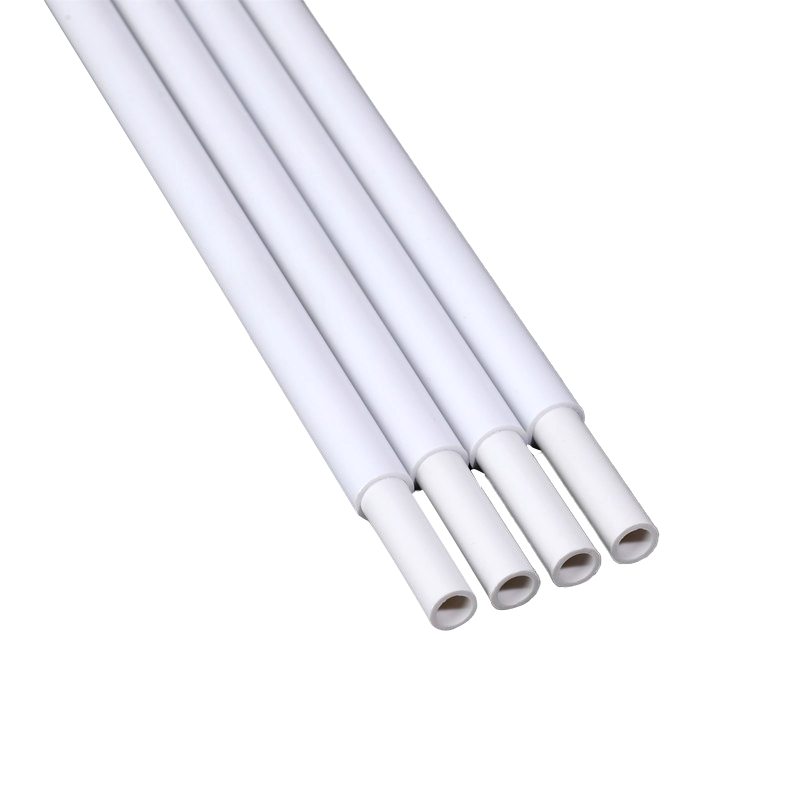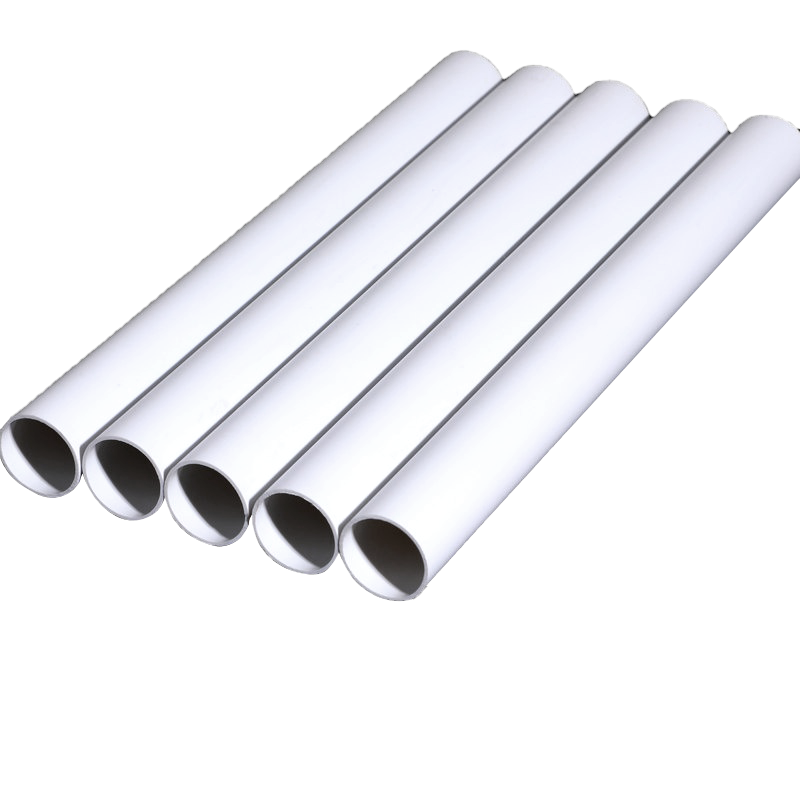Search by posts
Product category
Industry News
 By Admin
By Admin
How to choose high-performance PVC Profiles suitable for doors, windows and building decoration scenes?
PVC Profiles are widely used in the construction field due to their excellent physical and chemical properties, especially in doors, windows, and interior and exterior decoration. Its main advantages include: good thermal insulation performance, excellent weather resistance and UV resistance, excellent corrosion resistance, and low maintenance costs. In addition, PVC profiles also have good air tightness and water tightness, which can effectively improve the overall energy efficiency and comfort of the building.
When selecting PVC profiles, these properties should first be comprehensively evaluated according to the specific application scenario to ensure that the selected material meets the engineering requirements.
Clarify the specific needs of the application scenario
1. Door and window application
In the manufacture of doors and windows, PVC profiles are mainly used to make structures such as window frames, door frames and insulation strips. For this type of application, the focus should be on the following aspects:
Thermal insulation performance: High-quality PVC profiles are designed with multiple cavity structures inside, which can effectively block heat transfer and improve the energy-saving effect of buildings.
Sealing performance: Good air tightness and water tightness are the key to ensuring the stability of the indoor environment, especially suitable for windy or humid areas.
Structural strength: Although PVC itself is not as strong as metal, the overall rigidity can be enhanced by adding steel lining or aluminum edging to meet the wind pressure resistance requirements of high-rise buildings.
2. Architectural decoration application
PVC profiles used for indoor and outdoor decoration, such as wall panels, ceiling moldings, skirtings, etc., in addition to basic functions, pay more attention to aesthetics and construction convenience:
Surface treatment and color selection: PVC profiles can achieve a variety of colors and textures through co-extrusion, lamination, etc., to adapt to different decoration styles.
Easy installation: The lightweight characteristics make PVC decorative materials easy to cut and install, reducing labor costs.
Environmental protection and health: High-quality PVC profiles should meet national environmental protection standards, do not contain harmful substances, and ensure residential safety.
Pay attention to the design and process standards of profiles
When selecting PVC profiles, in addition to the basic material, its section design and production process are also crucial:
Sectional structure design: Reasonable cavity distribution and wall thickness design not only affect the mechanical properties of the profile, but also determine its thermal insulation and sound insulation effect.
Co-extrusion technology: high-end PVC profiles often use two-color co-extrusion or lamination technology to improve product durability and appearance texture.
Quality certification: choose products that have passed relevant quality certifications such as ISO, CE, GB, etc. to ensure their stable and reliable performance.
Combined with cost and service life comprehensive consideration
Although the initial purchase cost of PVC profiles may be slightly higher than some traditional materials, its low maintenance cost and long service life during long-term use make its overall cost performance higher. In the case of limited budget, profiles of different grades can be selected according to the project level, taking into account performance and cost control.
Selecting high-performance PVC profiles suitable for doors, windows and architectural decoration scenes requires comprehensive judgment from multiple dimensions such as material performance, application scenarios, structural design, process level and economy. Only by deeply understanding the characteristics of various PVC profiles and combining them with actual engineering needs can the most suitable solution be selected to provide buildings with ideal material support for beauty, energy saving and durability.
Recommended products
-
2023 New Cheap Plastic Pipe Multiple Colors And Sizes Custom Hand Waving Flagpole
-
Wholesale Custom Pvc Material Indoor Desktop Flagpole Hand Waving Flagpole
-
Customizable Size Custom Logo Plastics Hand Waving Flagpole Big Pvc Flagpole
-
Plastics Hand Waving Flagpole Factory Direct Custom Wholesale PVC Flagpole Parts Pipe
-
Custom Easy Install Safety Flagpole Pvc China Factory Hand Waving Flagpole
-
New Popular Product Transparent Pvc Flagpole Custom Size Hand Waving Flagpole
-
2023 High Quality Hand Waving Flagpole Big Or Small Flagpole Size Custom
-
Fast Delivery Promotion Factory Wholesale Flagpole Pvc Pipe Hand Waving Flagpole
-
2023 Personalized Custom Desk Hand Waving Flagpole Outdoor White Flagpole
-
Wholesale 2023 Hot Sale Used Flagpole Weight Custom Pvc Hand Waving Flagpole
-
Wholesale Products Cheap High Quality Hand Waving Flagpole Newest Sections Flagpole
-
Wholesale Cheap High-Quality Hot Sale Flagpole Cylindrical Hand Waving Flagpole

 +86-0573-88528475
+86-0573-88528475 English
English русский
русский












